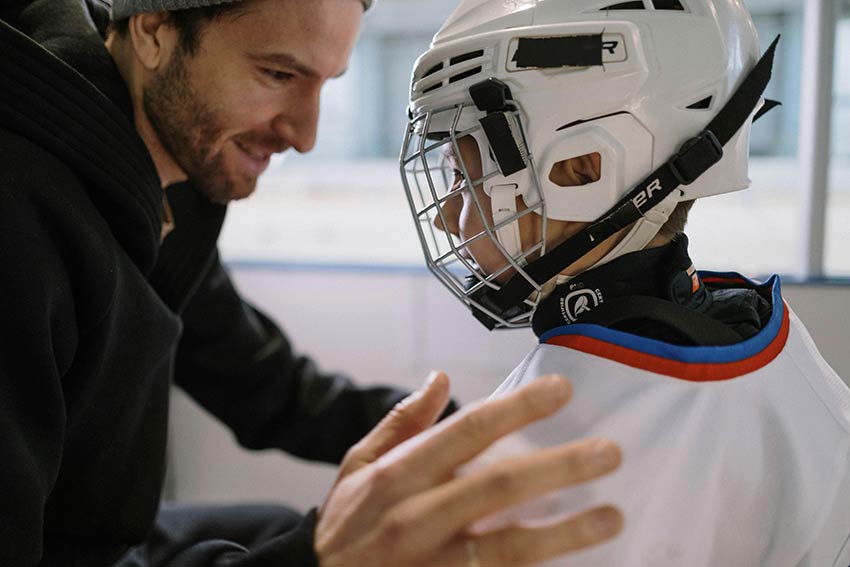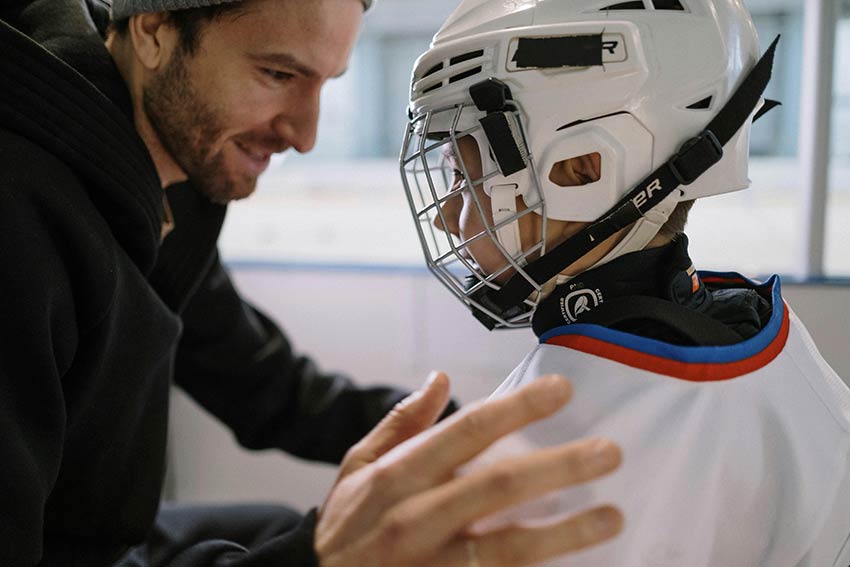Head Health for Concerned Parents; ensuring your child’s well-being is always top of mind. Among the many health concerns that keep parents awake at night, one that is growing in importance is head health. Whether it’s a bump from a fall, a blow during sports, or simply trying to prevent long-term brain health issues, understanding the risks and protective measures surrounding head injuries is crucial. In this article, we’ll explore what every concerned parent needs to know about head health and how you can best protect your child’s brain as they grow.
Why Head Health Matters for Children
The brain is a delicate organ, and for children, it’s even more sensitive to injury. Unlike adults, kids’ brains are still developing, which makes them more vulnerable to the long-term effects of head trauma. A blow to the head can lead to immediate injuries like concussions, or long-term effects like learning difficulties, emotional problems, and in extreme cases, permanent brain damage.
Common Causes of Head Injuries in Children
Head injuries are often the result of everyday activities that involve physical activity or risk. Here are some common scenarios:
- Sports and Recreation: Whether it’s football, soccer, or even biking, head injuries often occur during active play. The risk increases in contact sports or activities that involve high speeds.
- Falls: Young children, especially toddlers, are prone to falls as they explore and learn to walk. Falls from playground equipment or even simple tripping accidents at home can lead to serious head injuries.
- Car Accidents: Car crashes are another significant cause of head trauma. This is why proper car seat installation and adherence to child passenger safety guidelines are so important.
- Physical Altercations: Sometimes, children may experience head trauma during fights or aggressive play with friends or peers.
How to Spot a Head Injury
It’s important for parents to be able to identify signs of a head injury, especially a concussion, which may not always be obvious immediately after the event. Here are some red flags:
- Physical Symptoms: Dizziness, headache, nausea, vomiting, and confusion. If your child complains of any of these after a fall or a blow to the head, seek medical attention immediately.
- Behavioral Changes: Watch for irritability, mood swings, or unusual behavior, as these can be signs of a concussion or head injury.
- Cognitive Symptoms: Difficulty with memory, concentration, or even simple tasks might indicate brain trauma. If your child seems “out of it” after an accident, it’s important to monitor their behavior closely.

The SMARTHEADSYSTEM™ & Extreme Sports Safety
The SMARTHEADSYSTEM™ is an advanced bio-sensing technology embedded within the structure of a helmet. By using a combination of sensors, this system monitors key biological markers of the wearer, including heart rate, body temperature, stress levels, and even brain activity. The information gathered through these sensors is processed in real-time, providing immediate feedback on the wearer’s physical state.
What makes SMARTHEADSYSTEM™ so groundbreaking is its ability to offer a more personalized safety experience. Rather than just protecting the wearer from external impact, it also anticipates potential health risks that could compromise the person’s ability to respond effectively to dangerous situations.
Protecting Your Child’s Head Health
As a parent, there are several steps you can take to minimize the risk of head injuries and protect your child’s brain:
- Use Proper Safety Gear: Always make sure your child wears the appropriate safety equipment for sports and recreational activities. Helmets are crucial for biking, skateboarding, and playing contact sports like football and hockey.
- Supervise Playtime: While it’s important for kids to be active and independent, be sure to supervise play, especially in risky situations like climbing on playground equipment or riding bikes.
- Teach Safe Practices: Encourage safe behaviors during play. Teach children not to engage in rough physical play that could lead to a head injury. This includes teaching kids about the dangers of roughhousing and making sure they understand how to safely engage in sports.
- Ensure Proper Car Safety: Always follow the latest child safety seat recommendations and install car seats and booster seats according to the manufacturer’s instructions. Never use a seat that’s too old or damaged.
- Be Prepared for Emergencies: Keep a first-aid kit at home and know what to do if your child gets a head injury. Learn how to perform basic first-aid and CPR, and make sure you have emergency contacts on hand if an injury is severe.
When to Seek Medical Help
If your child experiences any significant blow to the head, it’s always better to be safe than sorry. Always seek medical attention if:
- The injury involves a loss of consciousness, even if brief.
- Your child complains of a severe headache or dizziness.
- You notice any of the aforementioned signs of a concussion or worsening symptoms.
- The injury occurred during a high-risk activity (e.g., high-speed sports or a car accident).
In some cases, a head injury may seem mild at first but can worsen over time. Immediate medical evaluation can help ensure that any potential damage is addressed early.
The Importance of Rest and Recovery
After a head injury, it’s crucial that children take time to rest and recover fully before returning to activities. For concussions, especially, children should avoid physically demanding tasks, sports, and even mental activities like reading or screen time until cleared by a doctor.
It’s important to remember that recovery time can vary greatly depending on the severity of the injury. Pushing a child back into activity too soon can increase the risk of further injury and even lead to long-term issues.
Conclusion
As a parent, it’s natural to worry about your child’s health and safety, especially when it comes to head health. While some risks are unavoidable, understanding the dangers, taking preventive measures, and knowing what to do in the event of an injury can make a big difference in keeping your child’s brain healthy and safe.
Stay informed, stay vigilant, and always trust your instincts. By taking these steps, you’re giving your child the best chance to grow and thrive while minimizing the risks associated with head injuries.

